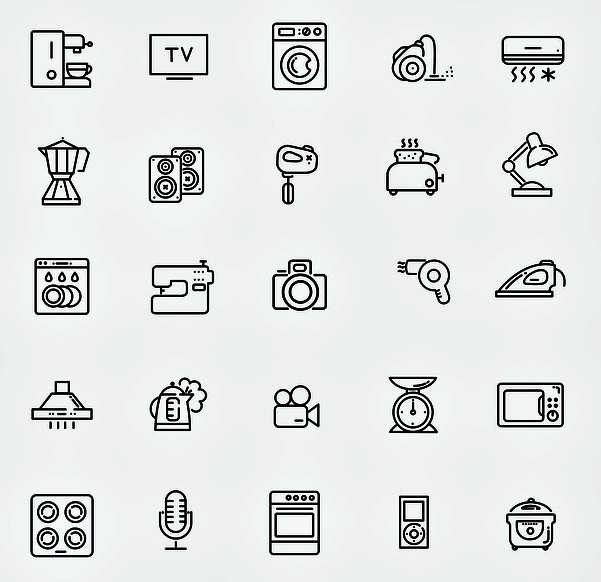The use of categories and subcategories is extremely important when trying to create a well-organised, professional electronic product catalogue. Not only does categorisation help sales reps navigate the catalogue more easily and show customers exactly what product they’re looking for, you also avoid scrolling tediously through one endless page in your search.
There has also been quite a bit of research about the effects of giving customers too much choice. Choice overload (sometimes called analysis paralysis) is a state in which customers are either unable to or struggle to make a purchase because there is too much information for them to process all at once. However, being faced with a lot of choices isn’t inherently a bad thing because people tend to show more interest where there are a lot of products. However, this interest doesn’t necessarily lead to buying.
But wait, this doesn’t mean you should shrink your inventory, you simply need to organise your products better to avoid choice overload. Separating a large inventory into more manageable bite-sizes makes choosing easier and makes it more likely that a customer will place an order.
Creating the perfect category hierarchy is easy once you know how. Start off with your main categories (also called parent categories) and then create subcategories for each parent category. The following tips can help those creating new catalogues, and also established sales reps, to organise products effectively:
* First off, decide in which parent category a product should fall by asking,
– “What is the product?”
– “What can the product be used for?”
– “What type of people will use the product?”
– “What necessity does the product fulfil?”
* Start broad and then go narrower. For example, separate products into very broad categories like “Men” and “Women”. These two categories can then be divided into subcategories such as “Shirts”, “Trousers” and “Shoes”.
* Create subcategories when there are 30 products or more in a specific category to ensure customers can easily navigate your electronic catalogue.
* It’s okay to have the same or similar subcategories in more than one parent category as long as they are placed there for a purpose.
* Categories need to be mutually exclusive – if you pick one, you shouldn’t be able to pick another and they should also not be combined. Having unique parent categories helps to support exploratory product browsing and to better find what the customer is looking for exactly.
* Choose category names that can be understood by the majority of customers who will encounter them. The simpler the better.
* Think about creating a “What’s New” or “Just Arrived” category that changes regularly. Customers who buy from you on a regular basis will particularly find this helpful as they are already familiar with what you have and want to see what has come in since your last meeting with them.
* Similar to the above mentioned categories, food providers or seasonal businesses can have “In Season” categories.
* Avoid miscellaneous categories, it creates confusion as many people don’t really know what miscellaneous products truly are. This type of category can also feel like an afterthought.











